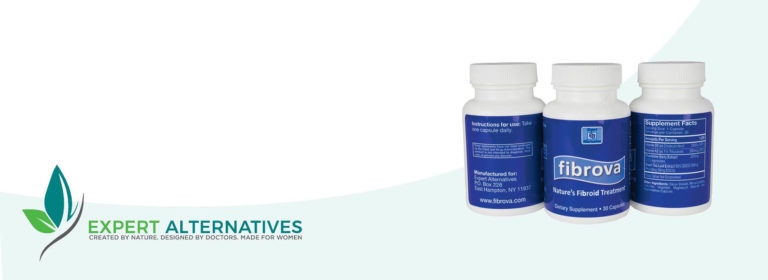As reported here on Health.com
Problem No. 3: Fibroids
The lowdown: Up to 80 percent of women develop these noncancerous uterine growths. “A single cell in the muscle wall of the uterus divides again and again, forming a rubbery benign tumor,” says Susan Haas, MD, clinician in residence at Northeastern University’s Health Care Systems Engineering Institute in Boston. They seem to be hereditary and are most frequently diagnosed in your 30s and 40s, partly due to hormone production—progesterone is key to promoting fibroid growth. African American women are particularly susceptible; you’re also more at risk if you’re overweight or eat a diet high in red meat.
What they feel like: Usually nothing. But if they’re large or in certain areas of the uterus, they can cause heavy and/or too-long periods, pelvic pain, pain during sex, frequent urination and back or leg pain.
Rx: Most of the time, no treatment is needed: Fibroids often shrink once you hit menopause, when your hormone levels are no longer high enough to fuel their growth. But if they’re causing symptoms, or if you’re having trouble getting pregnant, your gyno will need to take a closer look. If heavy bleeding is a problem, first-line treatment is usually birth control pills or a progestin IUD. Medications such as Lupron can shrink fibroids by blocking the production of estrogen and progesterone. (Since these drugs temporarily throw you into menopause, however, don’t use them for longer than six months.) If medications aren’t effective, you may need to undergo a more invasive procedure, such as uterine artery embolization, which eliminates fibroids by cutting off blood flow to them, or a myomectomy (surgical removal).
About 500,000 hysterectomies—in which the uterus is removed—are performed annually in the U.S., making it the second most frequently performed surgical procedure on women. But most hysterectomies treat conditions that are not life-threatening. Case in point: Around 60 percent of hysterectomies are done for fibroids or endometriosis, yet less invasive treatments exist. “There are almost always other options,” says Charles Ascher-Walsh, MD, director of the gynecology and urogynecology division at Mount Sinai Hospital. “A hysterectomy is the most aggressive approach.”
In some situations, a hysterectomy may be necessary, such as with certain cases of uterine or cervical cancer. But if your ob-gyn suggests it for a benign condition, get a second opinion.
Read the entire article here.



